

Tensions between France and the U.S. have not always existed. For one, there's the help with the American War of Independence.
For another, there is the Statue of Liberty. I have seen two Statues of Liberty in Paris. The top image is the one in the Luxembourg Gardens. The other is a figurehead on a boat in the Seine. Perhaps there are many more?
I did not see the most famous one in Paris, which is mounted next to the Pont de Grenelle, a bridge crossing the Seine, 1.5 km south of the Eiffel Tower.
The Statue of Liberty Revisited edited by Wilton S. Dillon, 1994, page 155 (as quoted here): "On July 4, 1889 the American community in Paris offered the French people a gift of a bronze replica of the Statue of Liberty; it still stands now, on an island in the Seine River, downstream from the Eiffel Tower. In a symbolic sense, this recently restored American gift closes the circle of gift giving that was launched by the French in the 1860's with the gift of Miss Liberty. In a deeper sense, though, the American replica in Paris serves to extend and strenthen the chain of reciprocity between the two peoples that has existed since before the founding of the American Republic and that promises to continue well into the future.
This magnificent exchange of gifts illustrates a declaration delivered by French ambassador Jule J. Jusserand on the occasion of the 1916 ceremony at which Liberty's torch was first lighted with electricity: 'Not to a man, not to a nation, the statue was raised. It was raised to an idea - an idea greater than France or the United States: the idea of Liberty.'"


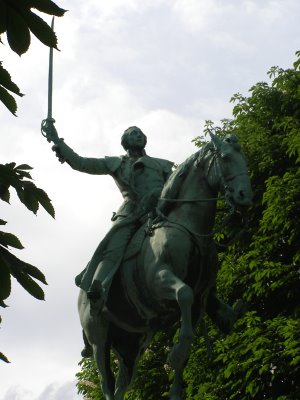

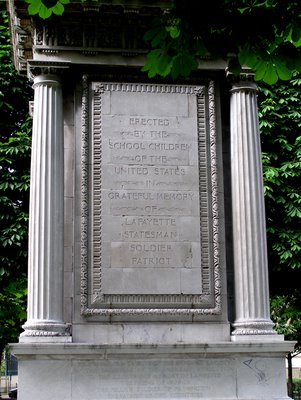













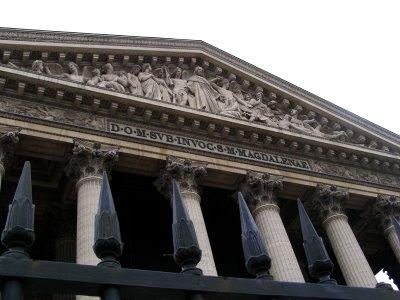
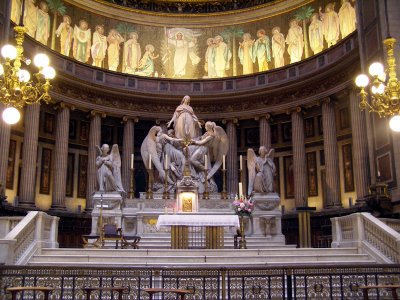






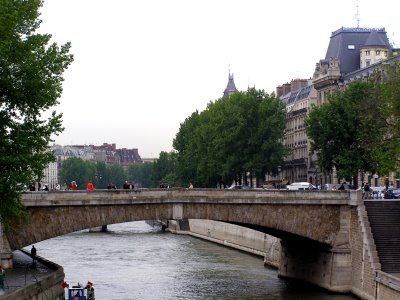



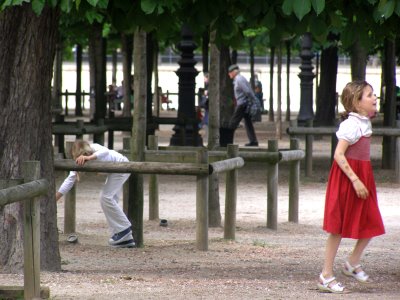


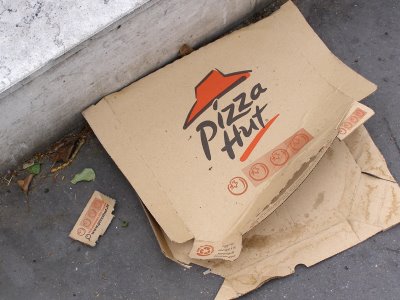
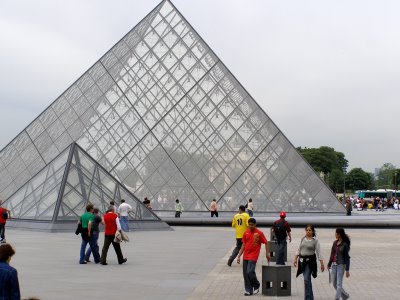


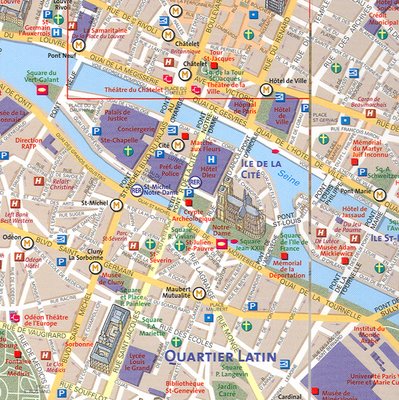


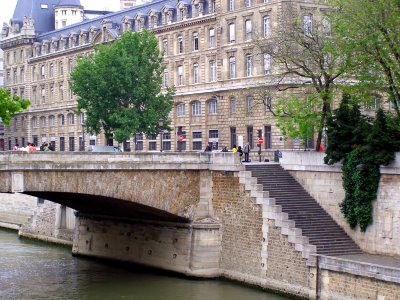
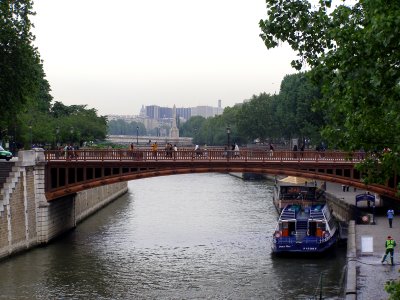

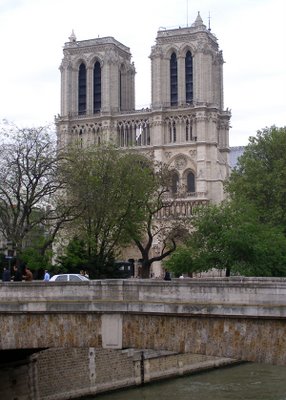

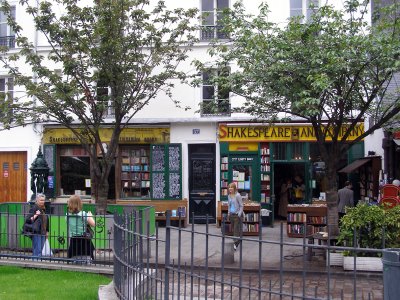

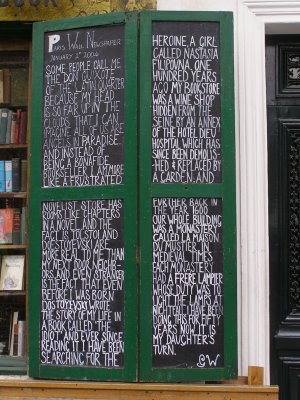
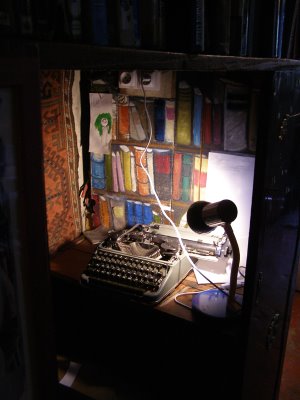
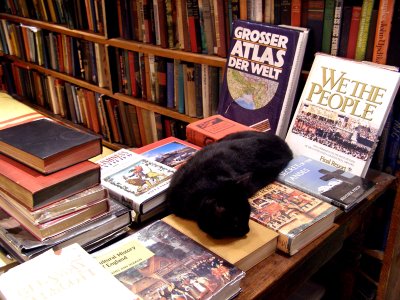
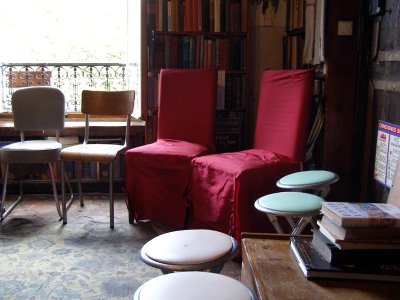
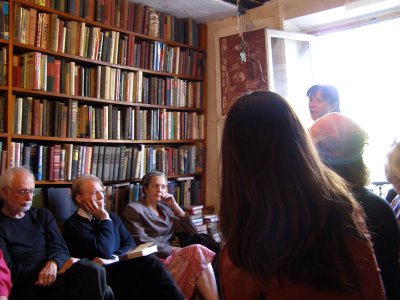

 Paris Time
Paris Time
